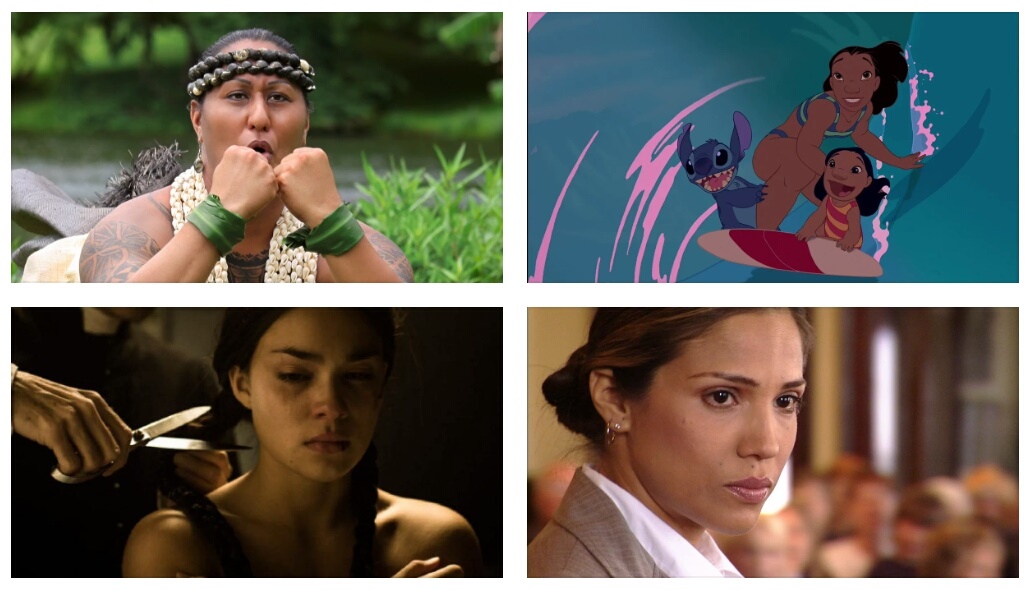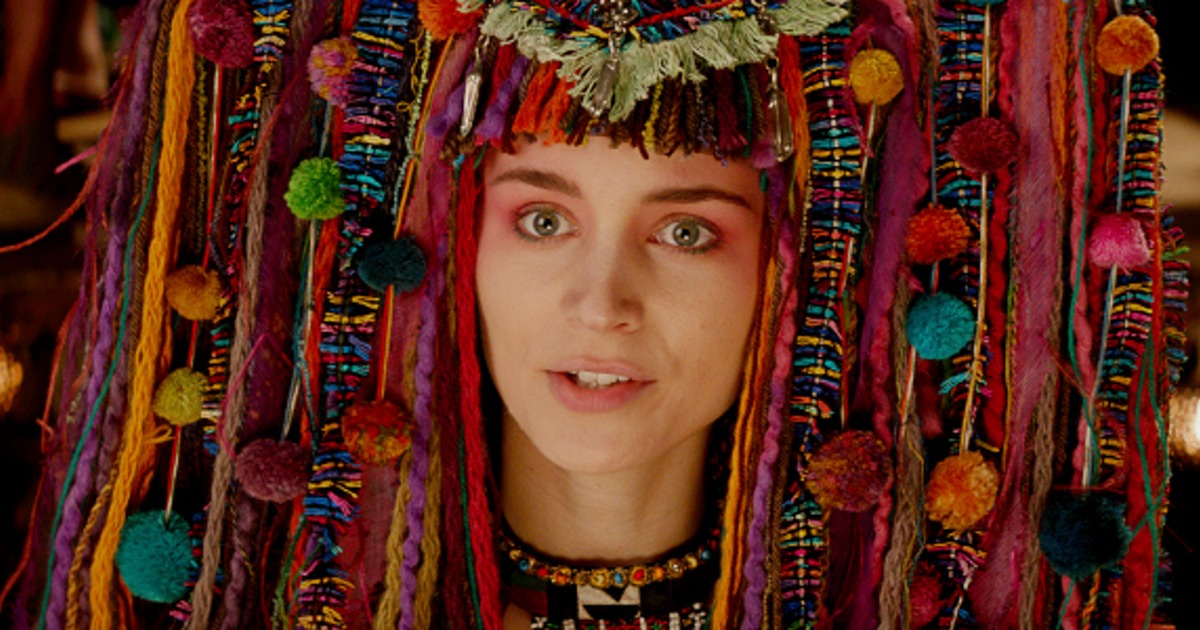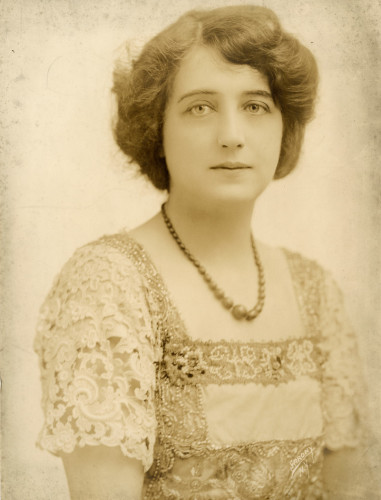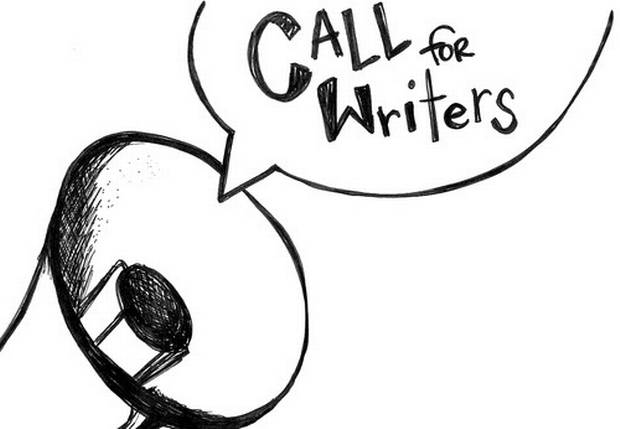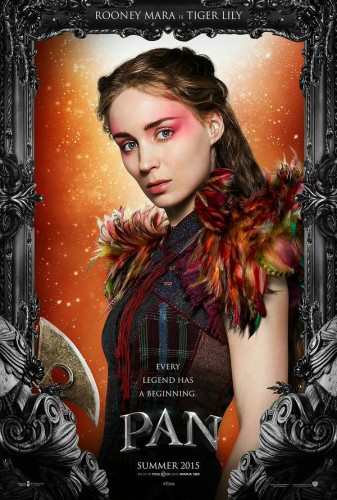Violence Against Indigenous Women: Fun, Sexy, and No Big Deal on the Big Screen by Elissa Washuta
Over and over, violence against Indigenous women is made to titillate, built into narratives along with action, suspense, swashbuckling, and romance. Indigenous women become exotic props, and when we are identified with these dehumanized caricatures, it becomes easier to treat us inhumanely.
Imprint: Examining the Presence of Indigenous Representation in the Horror Genre by Danielle Miller
In the endless web of conundrums that Native peoples face, marginalization is a result of societal erasure, whether that be through stereotypes or the lack of representations all together. … With that in consideration, I seek to influence popular consciousness by analysis of horror through a Native woman’s lens. One endeavor of asserting Native presence is through my analysis of the Native thriller film, Imprint.
The Unvoiced Indigenous Feminism of Frida by Brigit McCone
Frida Kahlo’s sense of kyriarchy, in which the tension between Indigenous culture and European imperialism is a core aspect of her multi-faceted narratives of oppression and resistance, is simplified in Julie Taymor’s film Frida towards a more Euro-American feminism, focused on Kahlo’s struggle for artistic recognition and romantic fulfillment as a woman, to the exclusion of her ethnic struggle.
From Racist Stereotype to Fully Whitewashed: Tiger Lily Since 1904 by Amanda Morris
Whatever the other problems might be with this film (and they are many), my focus for this review is the character Tiger Lily, who was originally conceived as a racist stereotype by J.M. Barrie and who has had her Native identity completely erased in this latest iteration. Is this progress? I think not.
Older Than America: Cultural Genocide and Reparations by Laura Shamas
One female-helmed film that directly addresses the horrific psychological, cultural, and spiritual legacy of Native boarding schools on Indigenous families in the United States is Older Than America, a 2008 release, directed and produced by and starring Georgina Lightning, from a script by Lightning and Christine Kunewa Walker. … Rain’s journey is part of the collective story of her community and her tribe… When entire generations of youth are traumatized or killed by the church and state, what is the remedy? Older Than America looks for answers to this key question.
Tanya Tagaq Voices Inuit Womanhood in Nanook of the North by Brigit McCone
Director Robert Flaherty not only framed Inuit womanhood according to his fantasies of casual sensuality, but according to Euro-American patriarchal fantasy. His portrait of Inuit life is neatly divided between the woman’s role, limited to cleaning igloos and nursing infants, apparently immune to the frustrations of Euro-American women in that role, and the man’s role, leading the band, educating older children, and hunting.
The Cherokee Word for Water: The Wilma Mankiller Story by Amanda Morris
Wilma Pearl Mankiller became the first modern female Chief of the Cherokee Nation in 1985 after working with volunteers from the small rural community of Bell, Oklahoma to bring water to the town. The Cherokee Word for Water is the story of this extraordinary woman and leader whose activism on behalf of her community continues to resonate across the Cherokee Nation today.
Kumu Hina: Documentary on a Native Hawaiian Māhū (Transgender) Woman and Teaching the True Meaning of Aloha by Gabrielle Amato-Bailey
Kumu Hina is a portrait of one activist working to preserve Native rights, culture, and dignity in a time when Native Sovereignty is being made more visible by events like the efforts of Water Protectors to stop the Dakota Access Pipeline. Hinaleimoana Wong-Kalu draws a direct and explicit link between honoring her māhū identity and helping her people preserve their culture. Like the māhū of generations past, Wong-Kalu has taken on the responsibility of sharing sacred knowledge with the next generation. She wants to share with her students the true meaning of aloha which, to her, means giving them unconditional acceptance and respect.
The Problem With Disney’s Pocahontas by Shannon Rose
In Pocahontas, Disney missed an important opportunity to represent Indigenous women in a relatable, empowering way, and instead focused on commodifying their culture for mass-market appeal. … Pocahontas’ life only became a story worth telling when a white man became involved. She only became a princess when a white man recognized her as royalty. She only became the center of a Disney movie because white men realized they could profit off of her myth.
On Racism, Erasure, and Pan by Danika Kimball
Even less surprising is their casting choice, where they have once again whitewashed a Native American character, hiring Rooney Mara to play the part of Tiger Lily. Apparently, most Hollywood executives and casting directors live in a fictional land called Neverlearn. … There has been a long standing Hollywood cliche that states, the only color Hollywood executives see is green. This excuses the industry from their role in helping maintain white supremacist patriarchy because they are allowed to say, “We’re just giving the people what they want.”
Trespassed Lands, Transgressed Bodies: Horror, Rage, Rape, and Vengeance Within Indigenous Cinema by Ariel Smith
By forcing the subconscious fears of audiences to the surface, horror cinema evokes reactions psychologically and physically — that is its power. This power can serve and support uncensored Indigenous expression by allowing Indigenous filmmakers the opportunity to unleash dark, unsanitized allegorical representations of the abhorrent, repugnant, violent abomination that is colonization.
Lilo & Stitch, Moana, and Disney’s Representation of Indigenous Peoples by Emma Casley
Looking at Lilo & Stitch can provide a valuable lens in which to analyze the upcoming Moana, as well as other mainstream films attempting to represent Indigenous cultures. … Regardless of its individual merits, Lilo & Stitch is a moneymaking endeavor to benefit the Disney Company, which has not always had the best relationship (to say the least) with representing Indigenous cultures or respecting Indigenous peoples.
